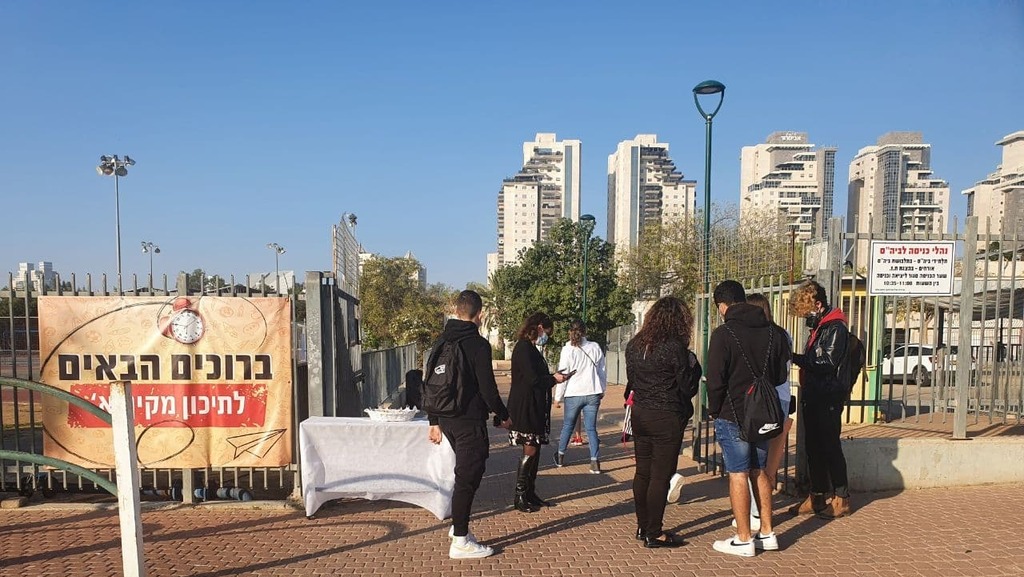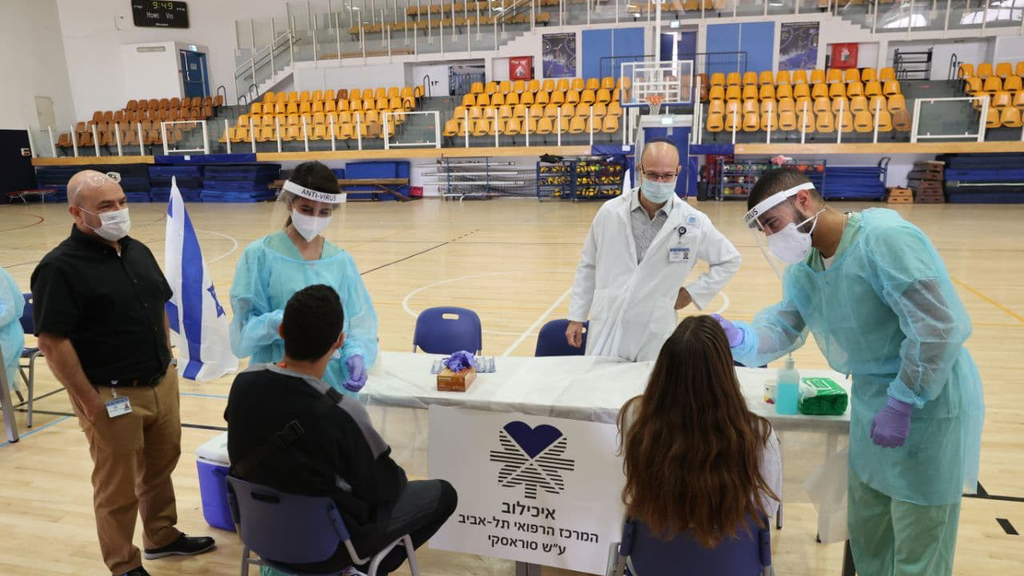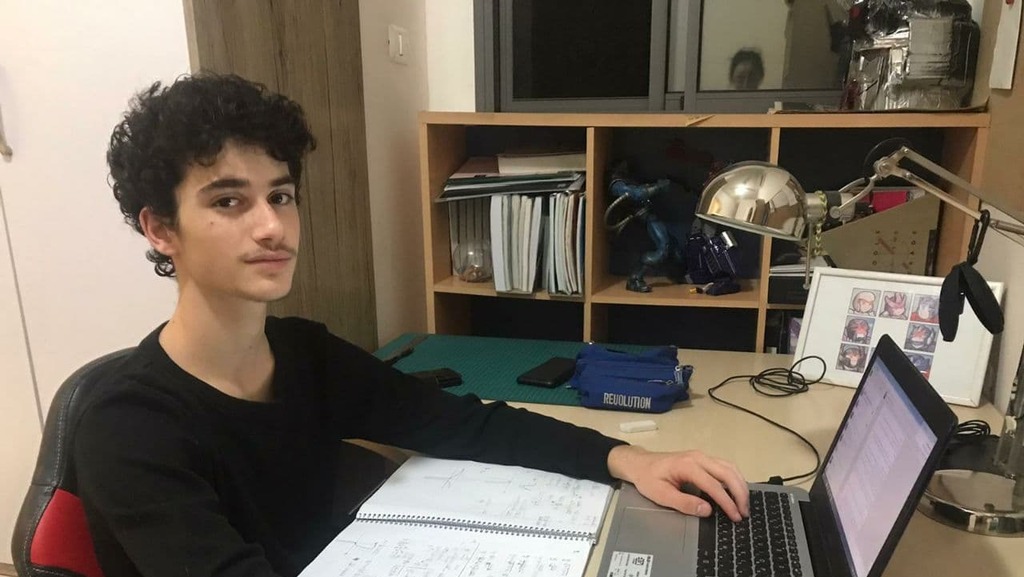Getting your Trinity Audio player ready...
More than 400,000 high school students returned to in-class studies on Sunday as more lockdown restrictions were being lifted amid a slowly rising infection rate.
The coronavirus cabinet voted last week to reopen all schools in areas defined as green and yellow, indication relatively low contagion rate. This Sunday students in grades 11-12 returned to class, while next week they are set to be joined by some 423,000 children in grades 7-9, who are also set to resume frontal studies.
3 View gallery


High school kids return to class after month of distance learning
(Photo: Barel Ephraim)
According to the Education Ministry's outline, high school children will study two days a week in class in small groups and three days at home. In addition, both students and teachers will be routinely tested for COVID-19 to avoid an outbreak of cases in the education system.
Teachers and school principles, however, say the Health Ministry directives limiting contact among students and teachers will be difficult to implement and will result in only partial curriculums being taught and hamper efforts to prepare students for their matriculation exams.
The Chairman of the School Administrators Association Menashe Levi said although everyone is thrilled to be returning to class, there is still concern over the limited time they will be spending there.
"Most learning will still be done remotely and that is a less efficient mode of study. The kids lack personal contact and emotional and social interaction with their peers," he said.
Levi also claimed a third of Israel's students still do not have access to computers and the internet, resulting in a 10% dropout rate and a growing gap between children with a more privileged background and those lacking basic resources.
"The government should declare a state of emergency in the education system and allocate funds to update schools and bring them into the 21st century. We are at least 30 years behind the more advanced systems in the world." He said, adding that according to the Education Ministry only half the schools are on par in terms of their technical capabilities.
3 View gallery


Students being tested for COVID-19 before returning to class at a Tel Aviv high school on Sunday
(Photo: Moti Kimchi )
According to the guidelines, kids can interact with no more than two groups of students, while teachers can come in contact with only four groups.
One school principle warned she and her colleagues will have to chose which class to invest more hours in and which will receive less time in class.
Another teacher said that though she is thrilled to be back in front of a class, she will not return to a full teaching schedule, with kids still mostly learning remotely.
First published: 10:23, 11.29.20


